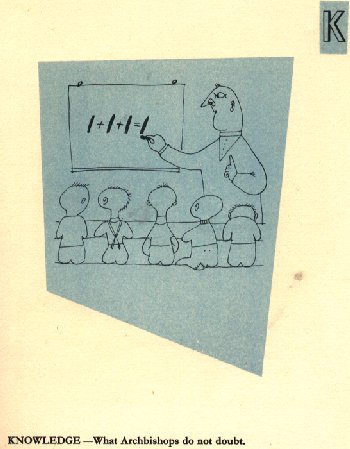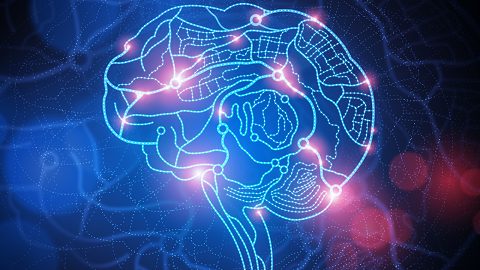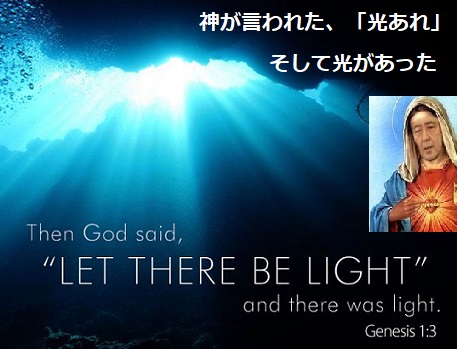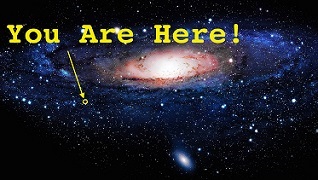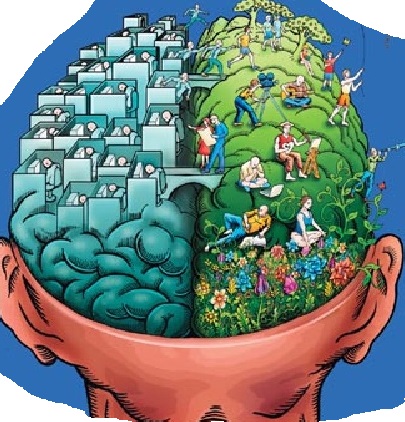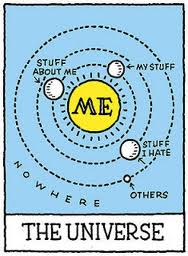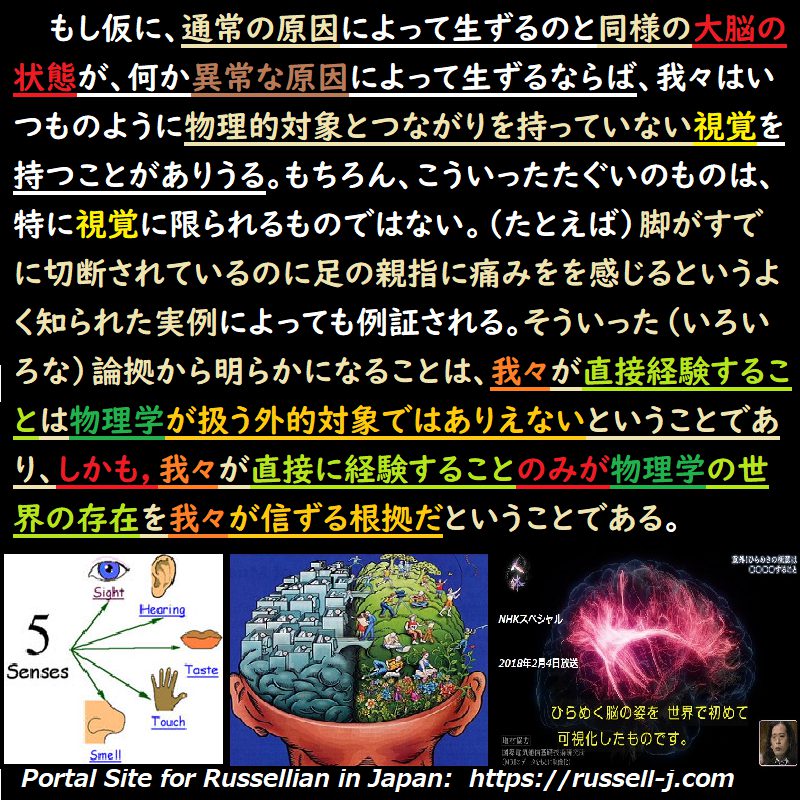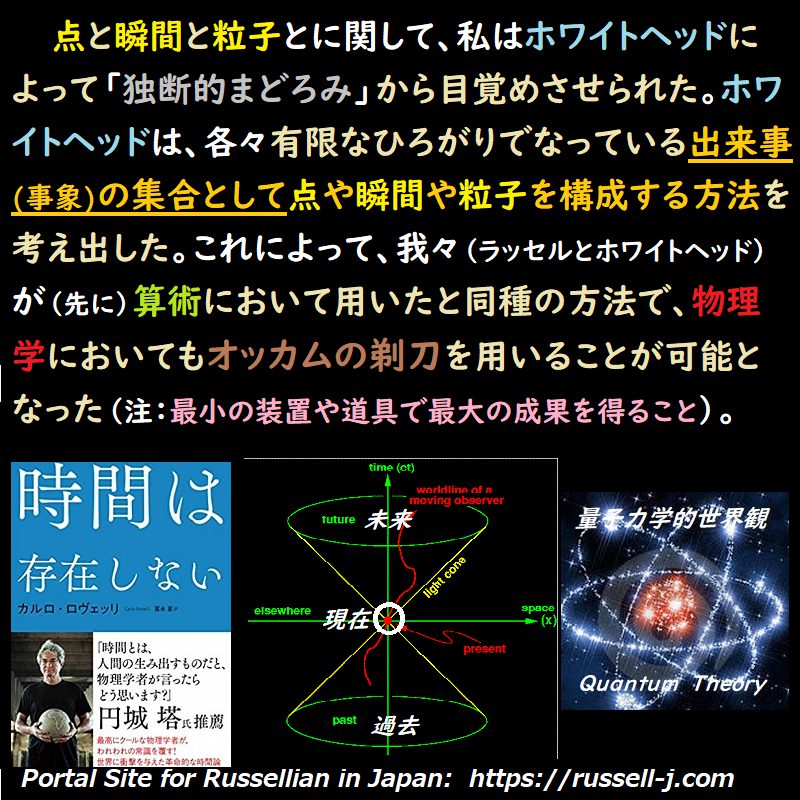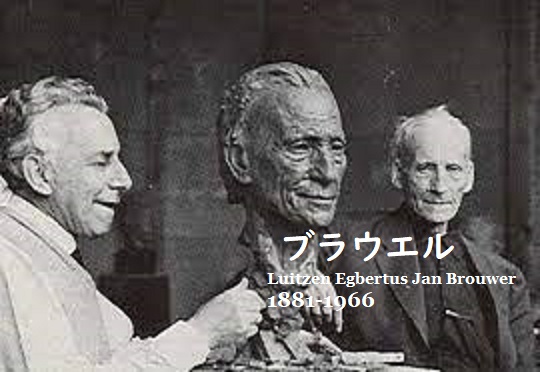
ブラウエル(Luitzen Egbertus Jan Brouwer、1881-1966:オランダの数学者で、数学基礎論における直観主義の創始者)に率いられている直観主義者の理論は、もっと重大な議論を必要とする(demand 要求する)。この理論の中枢(nerve)は、排中律の否定にある。それは(直観主義の理論は)、一つの命題が真または偽とみなされるのは、真偽のいずれであるかを確かめるための何らかの方法が存在するときのみである、と主張する(注:It holds that ~という考えを抱いている)。いつも引き合いに出される例(stock example よく知られた例)の一つは、「πを小数で表す場合に(注:in the decimal determination of ‘π’)、3つ連続して7が現われる(ことがある)」という命題である(注:3.1415926 ・・・777・・・)。πの値が(これまでに)計算されたかぎりでは(so far … π has been worked out)、7が三つ連続して出て来ることはなかった。しかし、さらに計算を進めて行って7が三つつづいて現われることがないと想定する根拠もまったくない(no reason 証明できなお)。もし今後7が三つつづく場所(point)が現れるならば、問題は決着するであろうが、今後もそういう場所に達しないとしても、さらに進んでもそういう場所は現れないだろうという証明にはならない。それゆえ、我々は三つの欄属する7が存在するという証明に成功するかも知れないが、三つの連続する7は(絶対に)現れないということは証明できない。この問題は解析学(注:analysis = mathematical analysis : 極限や収束といった概念を扱う数学の分野で、代数学、幾何学と合わせて数学の三大分野をなしている。)との関係で重大な意味をもつ。無限小数は、時には、ある規則に従って進行し、その規則により我々が選ぶ数だけの数字を計算をすることを可能にする。しかし時には、無限小数(Decimals which do not terminate)はいかなる法則にも従わない(そのように我々は想定せざるをえない)。一般に承認されている原理に従えば、後者の場合の方が前者よりも無限に多いのであり、しかもそういう「無法則」な小数の存在を認めなければ、実数の理論全体が崩壊し、それとともに無限小算法と高等数学のほとんど全部とが崩壊するのである。ブラウエルはこのびどい結果を平然と受けいれたが、大多数の数学者はそういう結果は堪えがたいと見た。
Chapter 10 The Impact of Wittgenstein, n.2 The Intuitionists’ theory, led by Brouwer, demands more serious discussion. The nerve of this theory is the denial of the law of excluded middle. It holds that a proposition can only be accounted true or false when there is some method of ascertaining which of these it is. One of the stock examples is the proposition ‘there are three successive sevens in the decimal determination of ‘π’. So far as the value of ‘π’ has been worked out there are not three successive sevens, but there is no reason to suppose that these might not occur at a later point. If it should hereafter appear that there is a point where three successive sevens occur, that would decide the matter, but, if no such point is reached, that does not prove that there may not be such a point later on. Therefore, although we might succeed in proving that there are three successive sevens, we can never prove that there are not. The matter has great importance in connection with analysis. Decimals which do not terminate sometimes proceed according to a law which enables us to calculate as many terms as we choose. But sometimes (so we must suppose) they do not proceed according to any law. On the generally accepted principles, this latter case is infinitely commoner than the former, and, unless such ‘lawless’ decimals are admitted, the whole theory of real numbers collapses and, with it, the infinitesimal calculus and almost the whole of higher mathematics. Brouwer faced this disaster unflinchingly, but most mathematicians found it unbearable.
Source: My Philosophical Development, chap. 10:1959.
More info.:https://russell-j.com/beginner/BR_MPD_10-020.HTM

